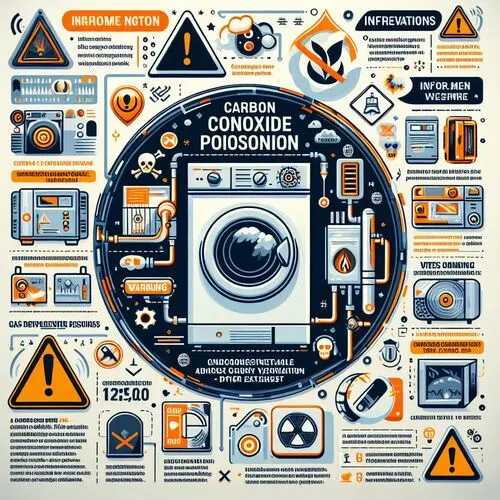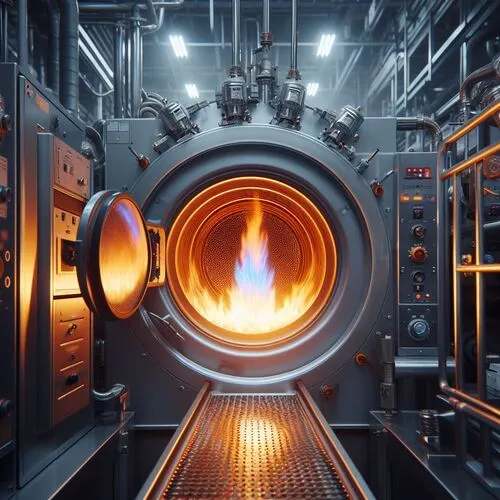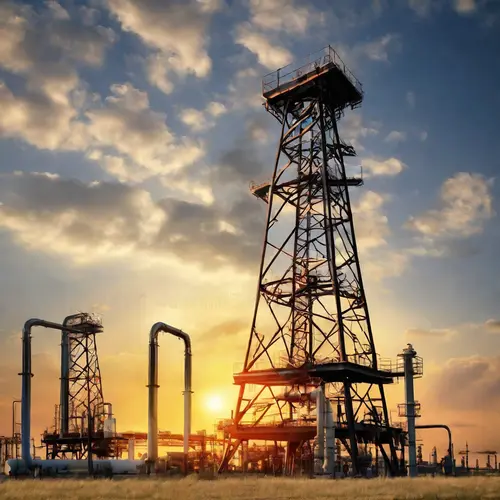Natural Gas Sources: A Comprehensive Overview
I. Introduction
Natural gas is a clean, safe, and renewable energy source, with methane as its primary constituent and various other components depending on its origin.The importance of natural gas is underscored by its lower carbon footprint compared to other fossil fuels, making it a crucial component in the transition to cleaner energy sources.
II. what are the Conventional Sources of Natural Gas?
This assertion is supported Faramawy, S., Zaki, T., & Sakr, A. (2016). Natural gas origin, composition, and processing: A review. Journal of Natural Gas Science and Engineering, 34, 34-54. https://doi.org/10.1016/J.JNGSE.2016.06.030. The authors delve into the origin, composition, and processing of natural gas, providing valuable insights into the characteristics that make it a significant player in the global energy landscape.
Formation:
Natural gas originates through biogenic and thermogenic processes. Biogenic gas is formed by microbial activity in shallow sediments, while thermogenic gas results from the decomposition of organic matter under high pressure and temperature. Geological formations such as sandstone, carbonate, and shale reservoirs play a crucial role in trapping natural gas.
Types:
- Conventional natural gas reservoirs
- Sandstone reservoirs
- Carbonate reservoirs
- Shale reservoirs
Extraction:
Conventional drilling techniques involve drilling a well into the reservoir and allowing the gas to flow to the surface under natural pressure. Extraction methods include traditional drilling and completion technologies.
III. what are the Unconventional Sources of Natural Gas?
Types:
- Shale gas
- Tight gas
- Coalbed methane
- Gas hydrates
Extraction from unconventional sources involves advanced technologies such as hydraulic fracturing (fracking) for shale gas and enhanced recovery techniques for tight gas and coalbed methane.
Environmental Considerations:
The extraction of unconventional gas sources has raised environmental concerns, including water and air pollution. Ongoing research focuses on developing sustainable practices and minimizing these impacts.

IV. what are the Emerging Gas Sources?
Biogas and Synthetic Natural Gas (SNG) are emerging as alternative sources with lower environmental impacts.
Types:
- Biogas: Produced from organic waste through anaerobic digestion.
- Synthetic Natural Gas (SNG): Produced through gasification of biomass or through the Sabatier reaction.
These sources have the potential to contribute significantly to the future energy mix, offering renewable and low-carbon alternatives.
V. what are the Global Distribution and Geopolitics of Gas Resources?
Natural gas reserves are distributed unevenly across regions, influencing geopolitical dynamics. Key players in the global natural gas market include Russia, the United States, and Qatar.
| Region | Reserves (Tcf)* | Production (Bcf/d)* |
|---|---|---|
| Russia | 1,688 | 22.5 |
| United States | 504 | 96.5 |
| Qatar | 871 | 25.4 |
- Tcf – Trillion cubic feet; Bcf/d – Billion cubic feet per day
Geopolitical tensions often arise over control and access to these valuable resources, impacting international relations.
VI. what is The Future of Gas Sources?
The future of natural gas is influenced by factors such as technological advancements, climate policies, and the energy transition.
- Outlook: The demand for natural gas is expected to rise, driven by its role in reducing carbon emissions compared to coal and oil.
- Energy Transition: Natural gas could serve as a transitional fuel in the shift towards a low-carbon future, complementing renewable energy sources.

VII. FAQ about Natural Gas Sources
What is the main source of natural gas?
The main source of natural gas is the decomposition of organic matter through biogenic and thermogenic processes. Biogenic gas is formed by microbial activity in shallow sediments, while thermogenic gas results from the decomposition of organic matter under high pressure and temperature.
Where is natural gas mostly found?
Natural gas is mostly found in geological formations such as sandstone reservoirs, carbonate reservoirs, and shale reservoirs. These formations act as traps for natural gas, and its presence is often associated with oil fields.
How do we obtain natural gas?
Natural gas is obtained through drilling wells into natural gas reservoirs. The extraction process involves allowing the gas to flow to the surface under natural pressure. Conventional drilling and extraction techniques are employed, which may vary depending on the type of reservoir and its geological characteristics.
What are the 5 examples of natural gas?
- Methane: Methane is the primary constituent of natural gas and makes up a significant portion of its composition.
- Ethane: Ethane is often found in natural gas and is used as a feedstock in the petrochemical industry.
- Propane: Propane is another component of natural gas and is commonly used as a fuel for heating and cooking.
- Butane: Butane is found in natural gas and is used in various industrial applications, including as a fuel in lighters.
- Carbon Dioxide: While not the primary component, carbon dioxide is often present in natural gas, and its concentration can impact the quality and combustion characteristics of the gas.
These examples highlight the diverse composition of natural gas, with methane being the predominant component.
Natural Gas Sources in Appliance Usage: A Cleaner and Efficient Choice
The utilization of natural gas sources extends beyond traditional energy production to a variety of household appliances, providing a cleaner and more efficient alternative for everyday activities. In homes, natural gas is commonly employed for cooking, heating, and powering various appliances. One notable application is the use of natural gas in gas dryers. Unlike electric dryers, gas dryers utilize natural gas as a heat source to dry clothes.
This method proves to be not only more energy-efficient but also cost-effective, as natural gas generally tends to be more affordable than electricity. Gas dryers are known for their faster drying times and reduced environmental impact, emitting fewer greenhouse gases compared to their electric counterparts. The adoption of natural gas in appliances, including gas dryers, exemplifies a sustainable choice for households, contributing to both energy efficiency and environmental responsibility. As consumers increasingly prioritize eco-friendly options, the role of natural gas in household appliances is pivotal in fostering a greener and more sustainable lifestyle.
VII. Conclusion
In conclusion, the diverse sources of natural gas, from conventional to emerging alternatives, play a pivotal role in meeting global energy demands. The assertion of natural gas as a clean, safe, and renewable energy source is supported by research. Responsible management, sustainable practices, and ongoing research are imperative to ensure the continued availability of natural gas while minimizing environmental impacts. As the world navigates the complexities of the energy transition, natural gas remains a crucial player in the pursuit of a cleaner and more sustainable future.







